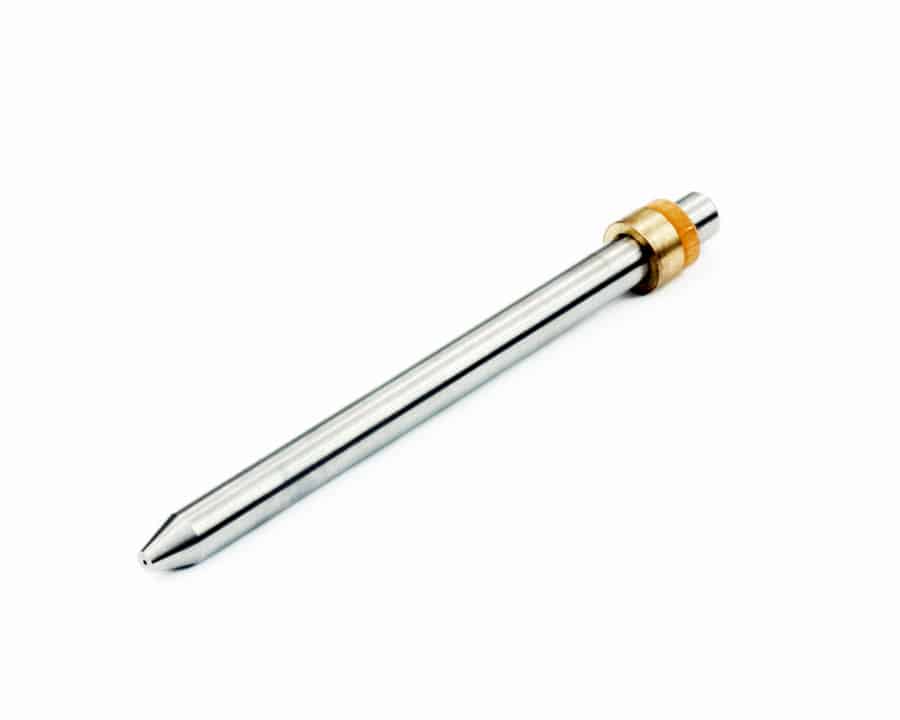High pressure water jets have been used as an industrial tool for many years. This cutting method shows great potential not only in cutting and drilling minerals, rocks and concrete,but also in comparison with conventional cutting and drilling tools which are inherently limited by their lack of both strength and resistance to abrasion. This cutting technology has
proved to possess many advantages such as low production cost, high cutting speed and low material loss. The application of high pressure water jet cutting technology has been traced back to the 1970’s when the jet was used in cutting some soft materials (non-metal) with a pressurized pure water jet of 132 – 198 Mpa. This application began by using a high
pressure and low flow rate water jet in cleaning, mining and cutting woods or paper products. A working pressure of the water jet at a maximum of 330.7 Mpa proved to be able to cut a variety of relatively soft material at a high cutting rate. At the present, the water jet (WJ) machining technology has found more applications in industry, including cleaning of deposits from the shell and tube side in heat exchangers, and removal of plastic
explosives from unwanted locations. In order to increase the efficiency of WJ performance,a number of investigations have been undertaken in the development of the pulsed WJ techniques. It is demonstrated that a pulsed jet is an effective cleaning and machining tool and is superior to the continuous water jet. Periodical forces exerted on a target by such a
jet induce high momentary stresses in the impingement zone. The increased erosivity afforded by causing a water jet to break up into a series of water slugs has long been recognized. Such interrupted or pulsed jets offer the following advantages, compared to the steady-flowing jets, for either cleaning a substance from a substrate or cutting into a bulk
material:
(1) Larger impact stresses, due to the water hammer pressure, which enhance the local erosive intensity,
(2) Greater ratio of impacted area per volume of jetted water, thus exposing larger areas of the surface to the water hammer pressure,
(3) Cycling of loading: this promotes unloading stresses which may enhance the process of debonding the substance from the substrate, or fracturing the bulk material being cut.
(4) Short duration loading, which tends to minimize energy losses within either the substrate being cleaned or the bulk material being cut, and hence increases the material removal per input energy.
It is unfortunate that to date an adequate model to prescribe the flow field of the high speed pulsed WJ has not been developed. Although a number of prior researches have been concerned with the analysis of pulsed jets, the available information is not sufficient to
predict the WJ flow characteristics, such as distribution of pressure and velocity inside the nozzle. These parameters which’ are determined by the nozzle design strongly affect the performance of the pulsed WJ. Thus the optimal nozzle design, aided by experiments and numerical simulation, is the objective of the second part of this research.

